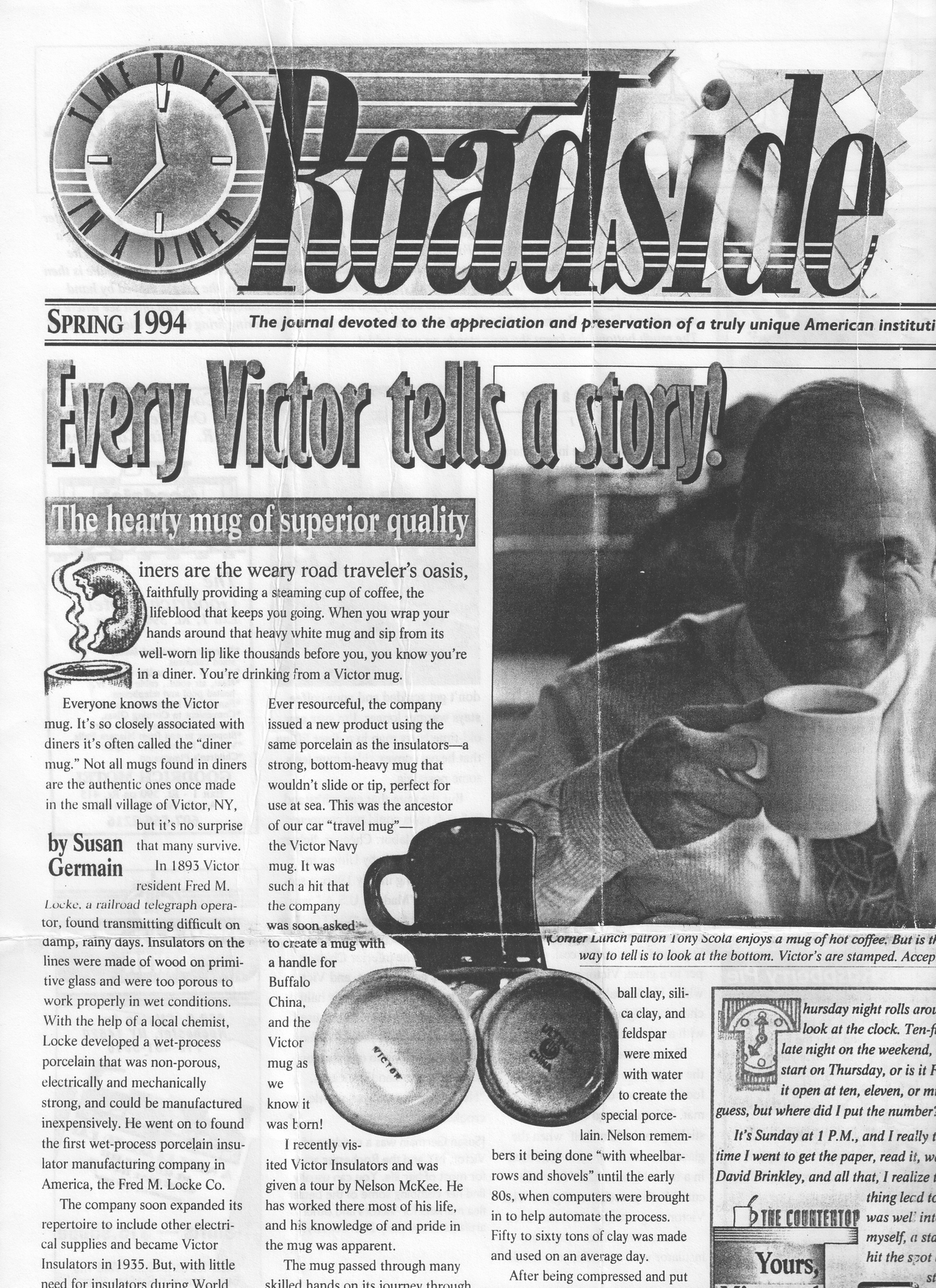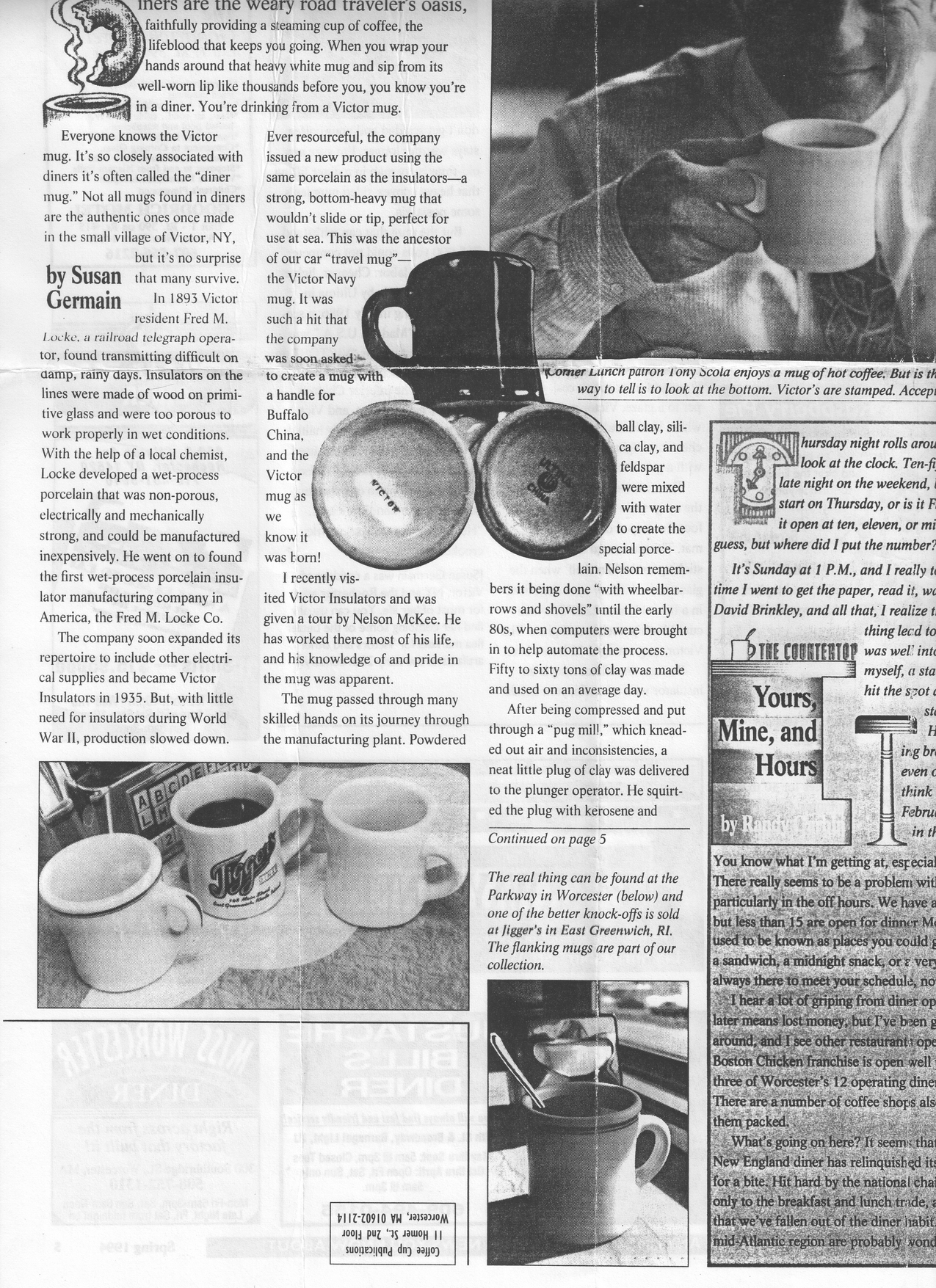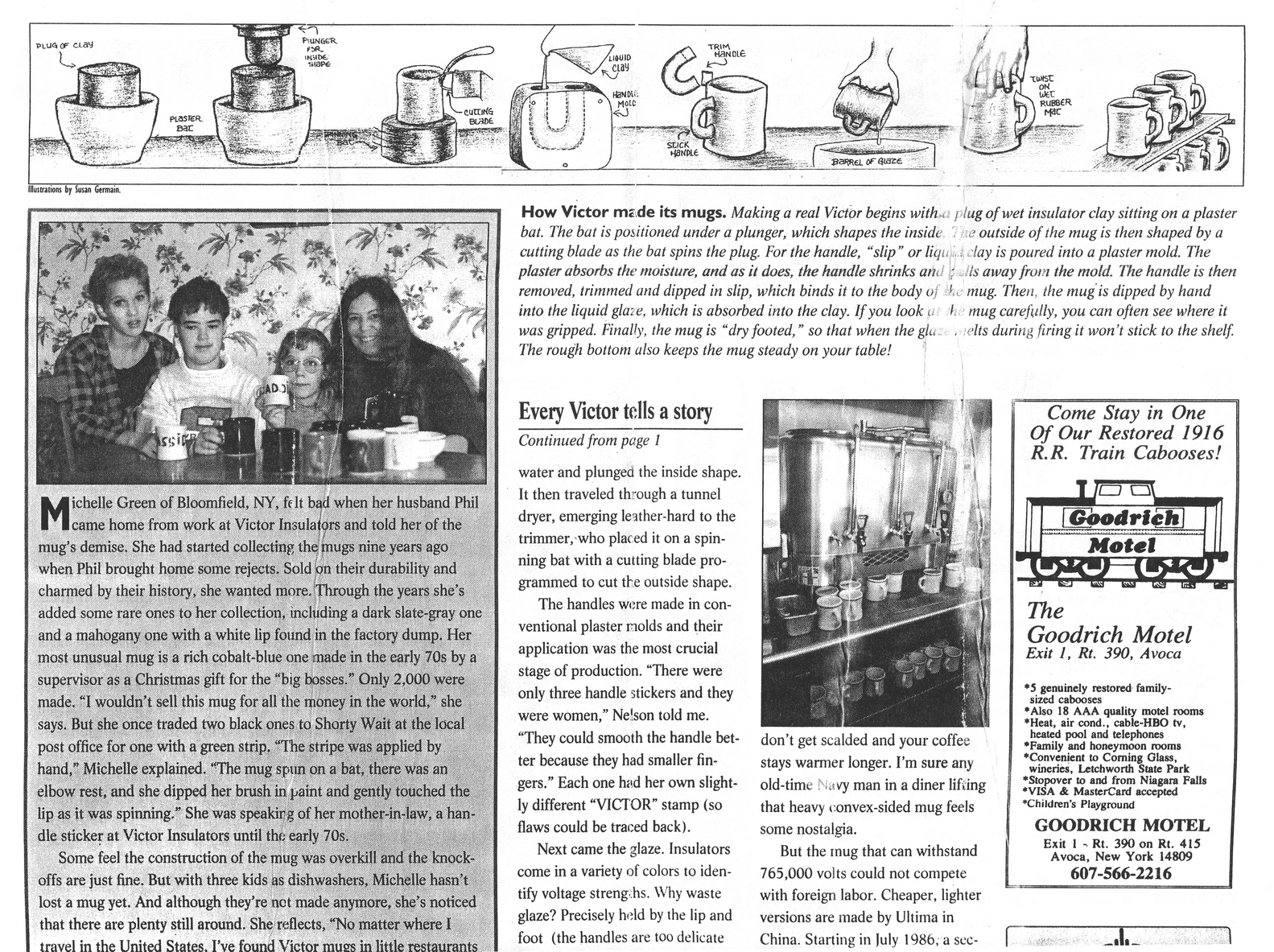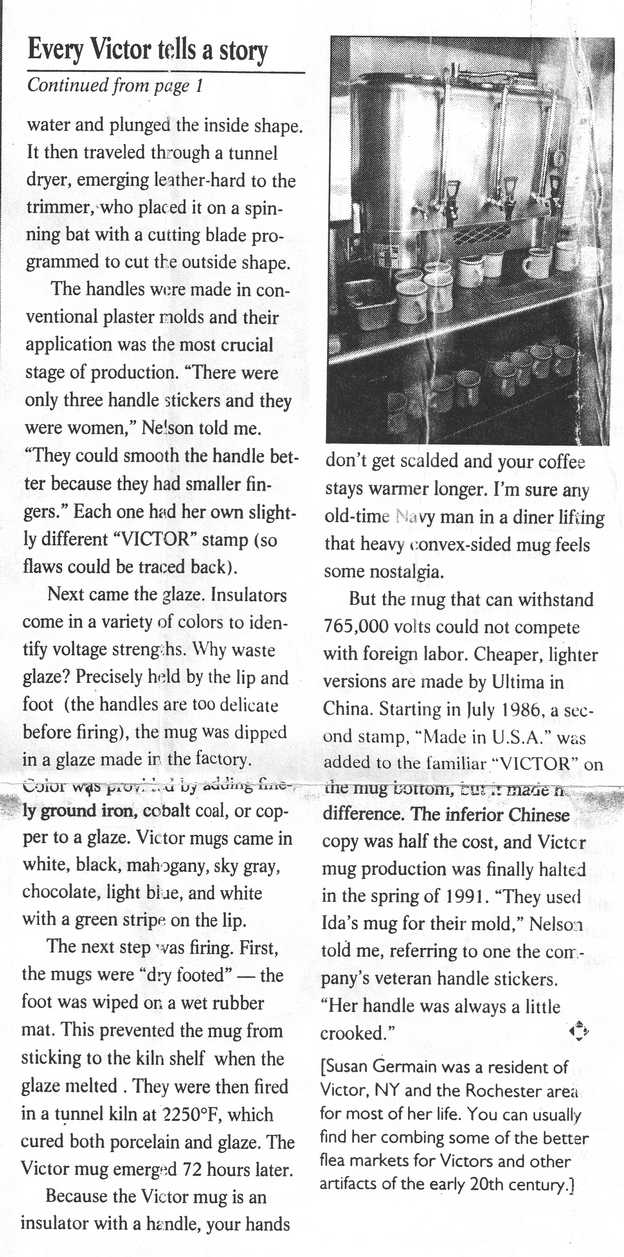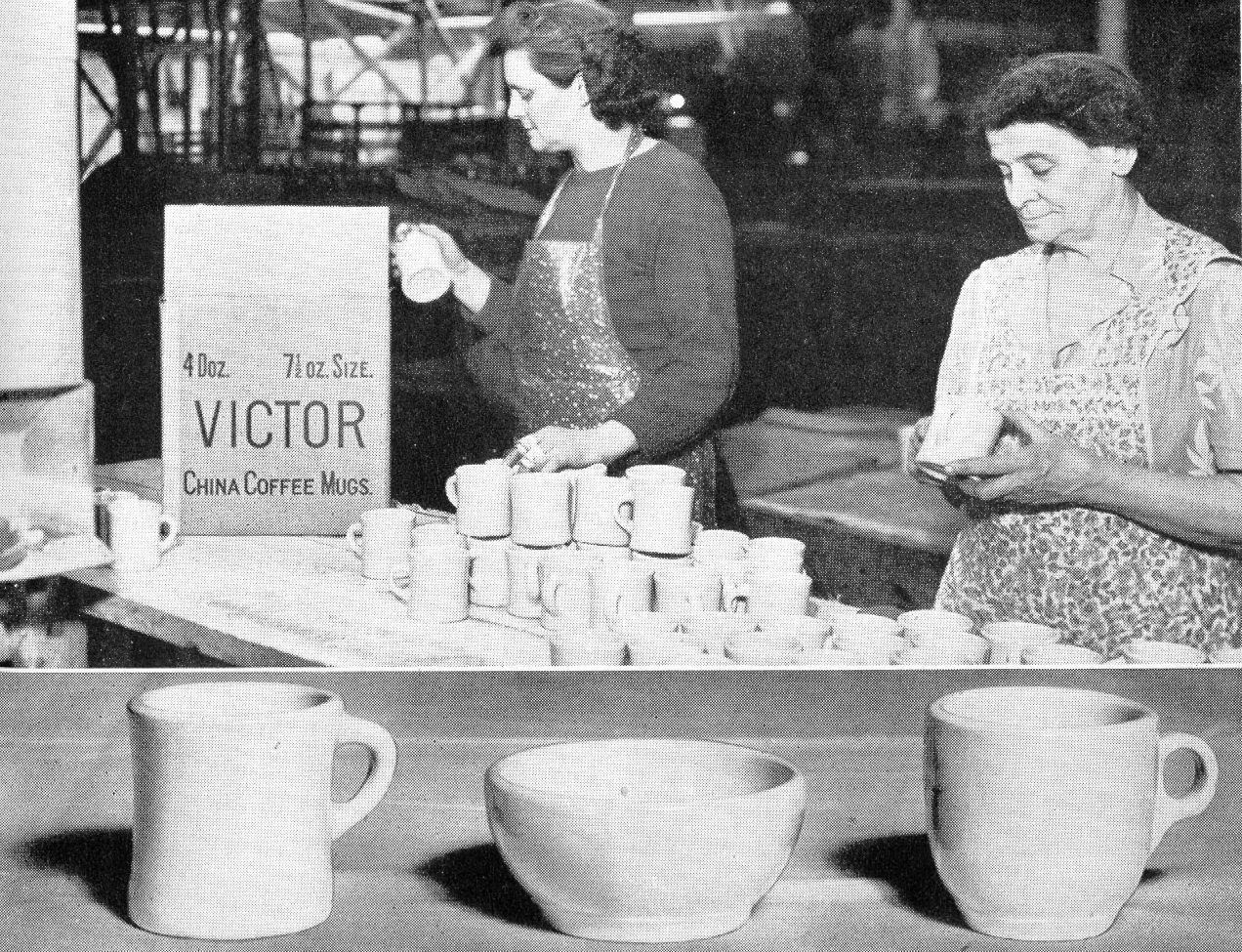
VICTOR Coffee Cups and Bowls
The Victor Insulators, Inc. reopened the old insulator plant at Victor, NY in 1935. The facilities were refurbished as soon as possible and production started in August with four of the 15 kilns in operation. Their first catalog was published in late 1935.
With WW II the demand for insulators dropped considerably. Victor Insulators decided to branch out into other areas. A booklet titled “A Story of Victor” was published in 1945 describing how insulators were made. It also included a few pages about Victor’s heavy duty chinaware:
“Several years ago an investigation was made by Victor Insulators, Inc., to determine the advisability of manufacturing additional products. Although the insulator business is not seasonal in the same way that many industries are, the management felt that additional products would provide steady employment and insure weekly wages year ‘round for Victor’s employees.”
“As a result of this study it was decided to start the fabrication of high quality, heavy duty chinaware – a product manufactured from the same raw materials as insulators and a process that would utilize similar ceramic production methods and craftsmanship.”
“The war gave impetus to the development of the chinaware business. Orders for great quantities of rugged cups and bowls built to military specifications have been and are being delivered to the Army and Navy.”
“At present a substantial part of Victor’s business is devoted to the production of Victor chinaware for the armed services.”
“In the postwar era, steady employment for scores of new workers is planned to take care of the increasing demand for this type of chinaware.”

The heavy “Victor” coffee mugs were originally used on Navy ships because the mugs did not tip over easily. The Navy would place orders for 1 million at a time. Later during the war the Army started placing orders. The handle-less military version was popular stateside, too, and the handle version became very popular in restaurants and restaurants all over the country. The convex shape lent itself to warming the hands and it was almost indestructible. It was solid and seldom broke when dropped.
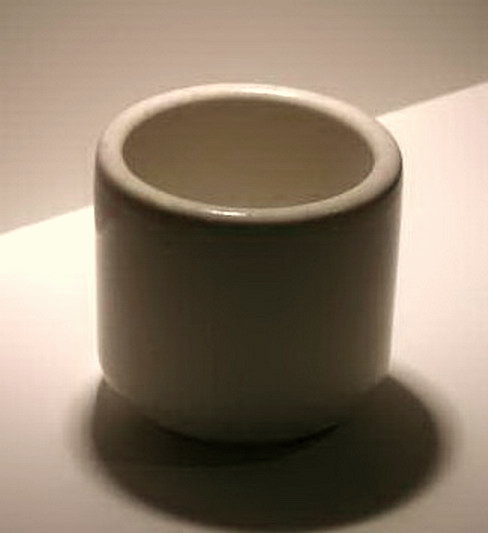
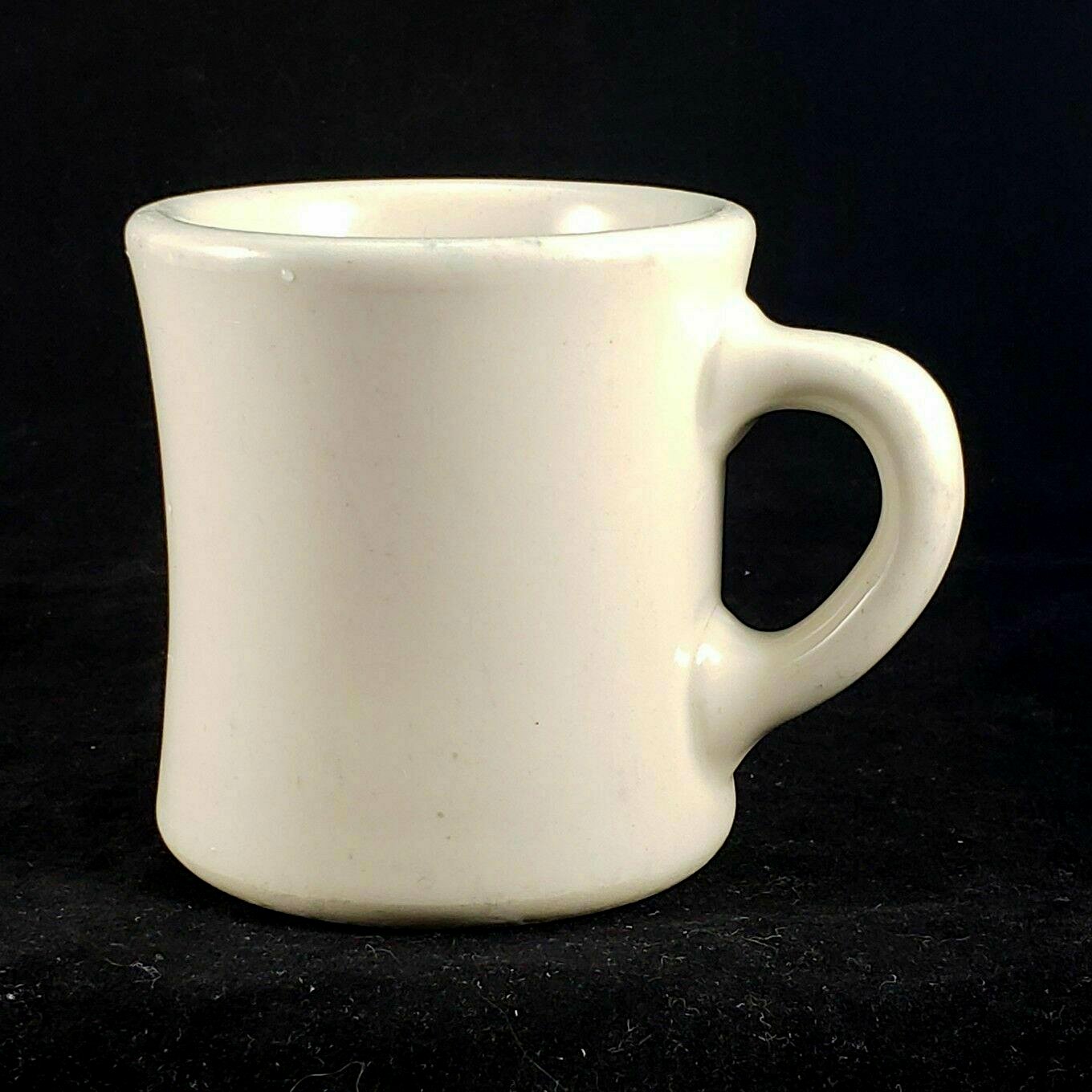
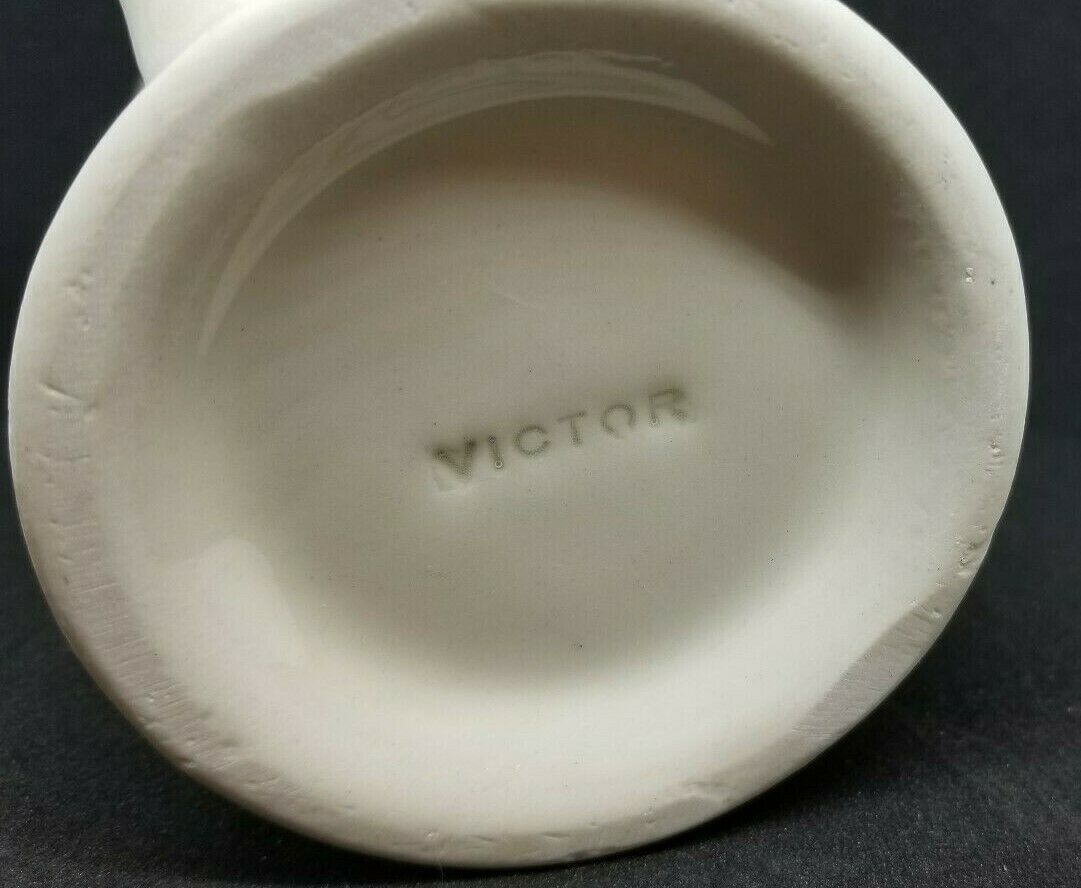
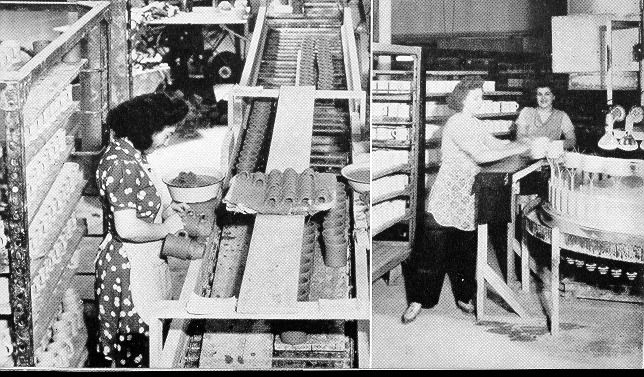
The cups were pressed and trimmed and the handles were cast from liquid clay and stuck to the mugs with clay slip. Only three women “handle stickers” worked the difficult job of applying the handles.
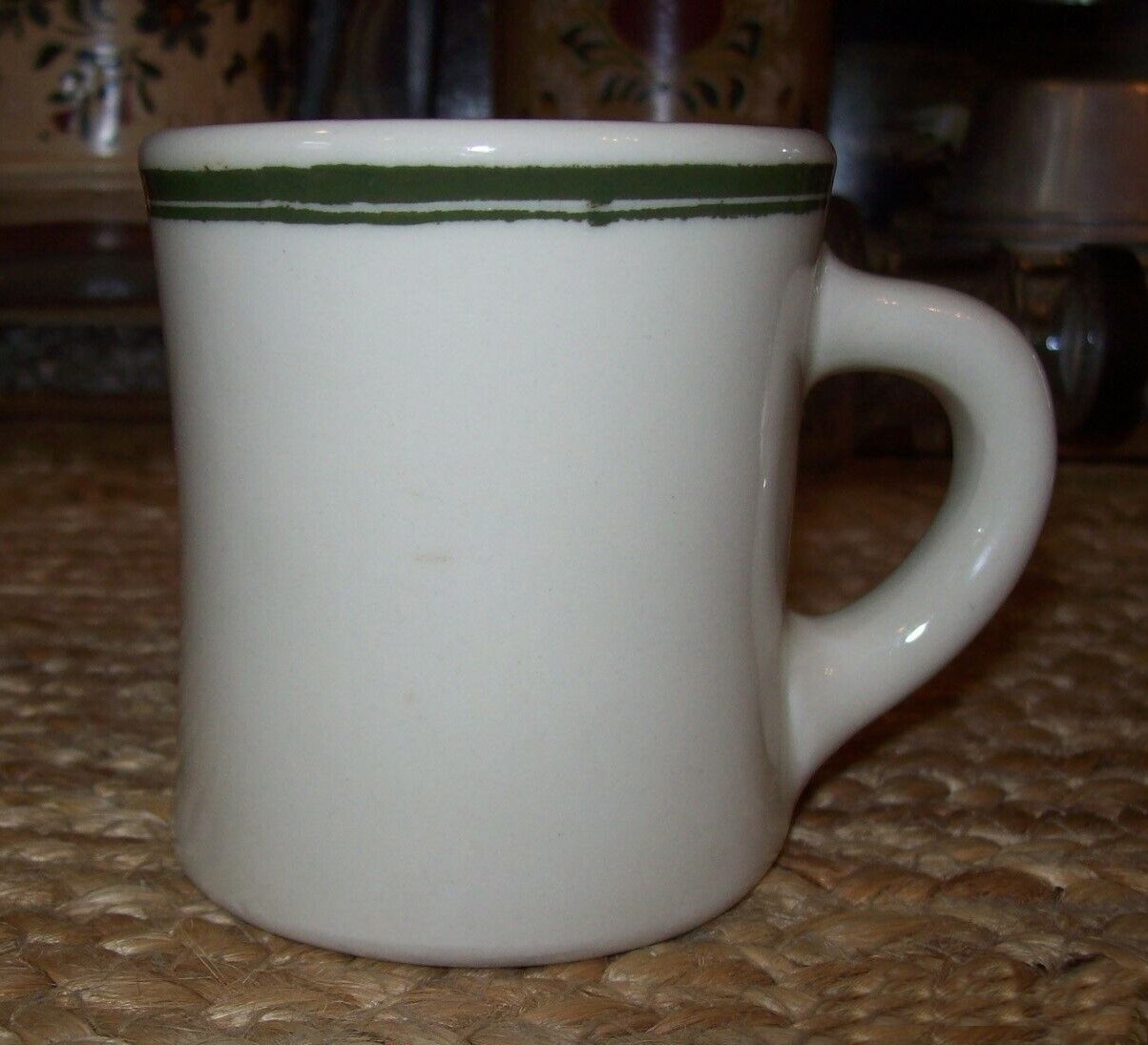
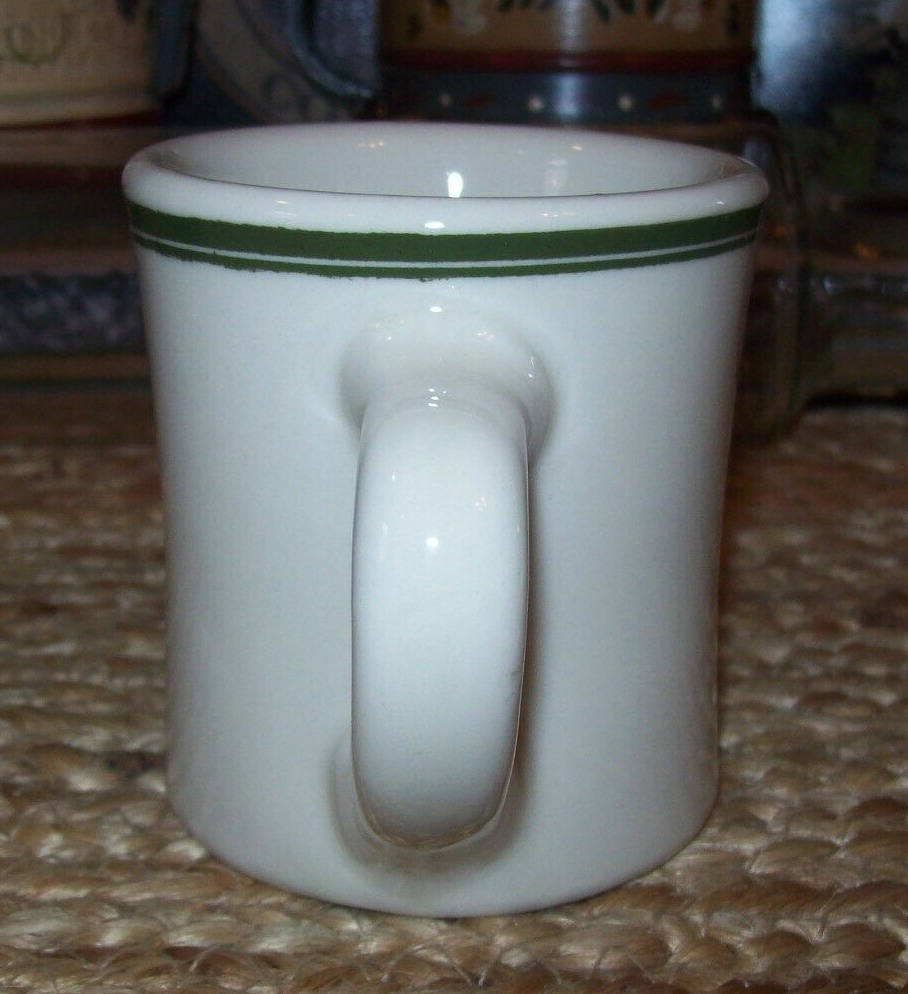
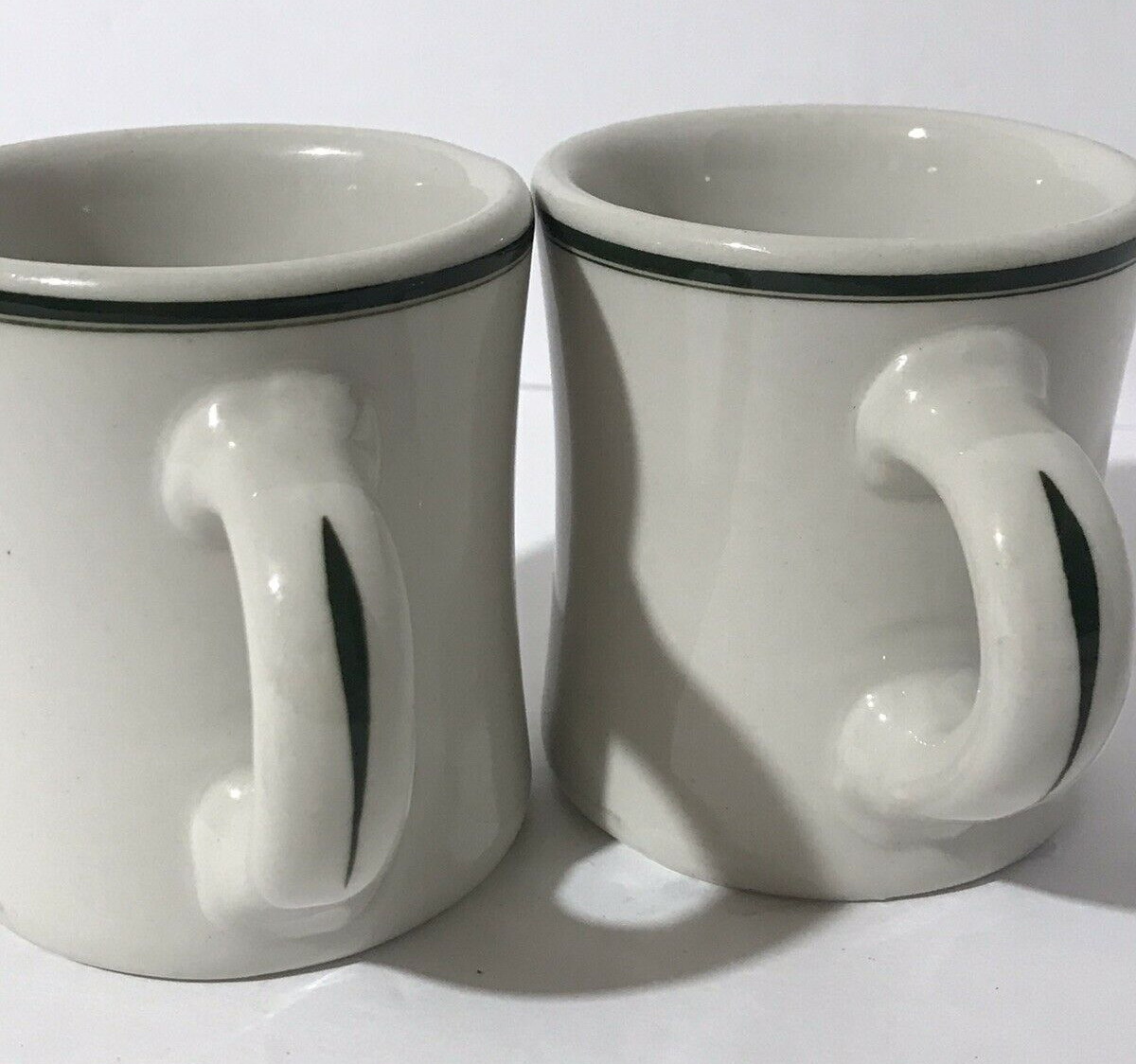
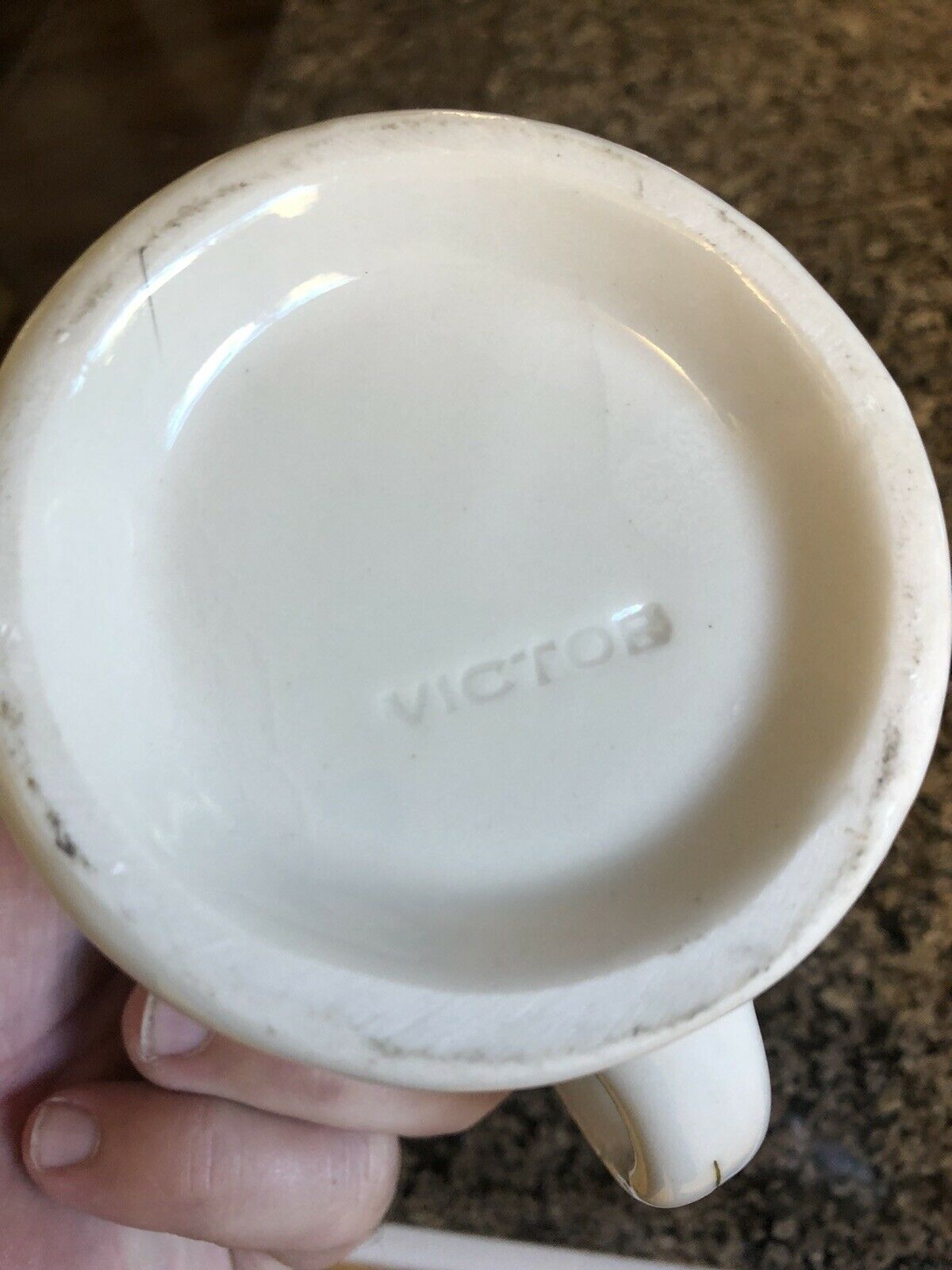
Starting on December 14, 1943, each mug was stamped VICTOR on the bottom. The cups were usually white but also were made in black, mahogany, sky-gray, chocolate, light blue, and white with a green strip around the lip.
Here are three examples of the different incuse stamped markings that can be found under the bottom of the cups:
VICTOR
VICTOR
MADE IN U.S.A.
VICTOR
MADE
IN. USA
_resize.jpg)
_resize.jpg)
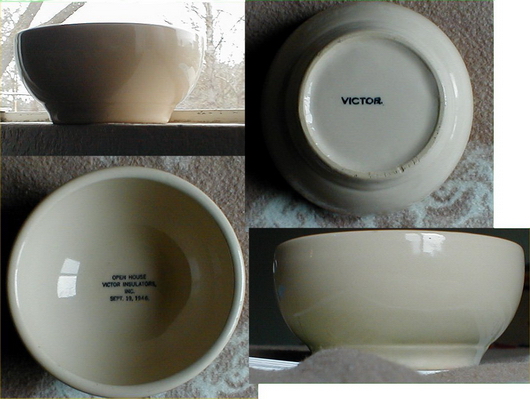
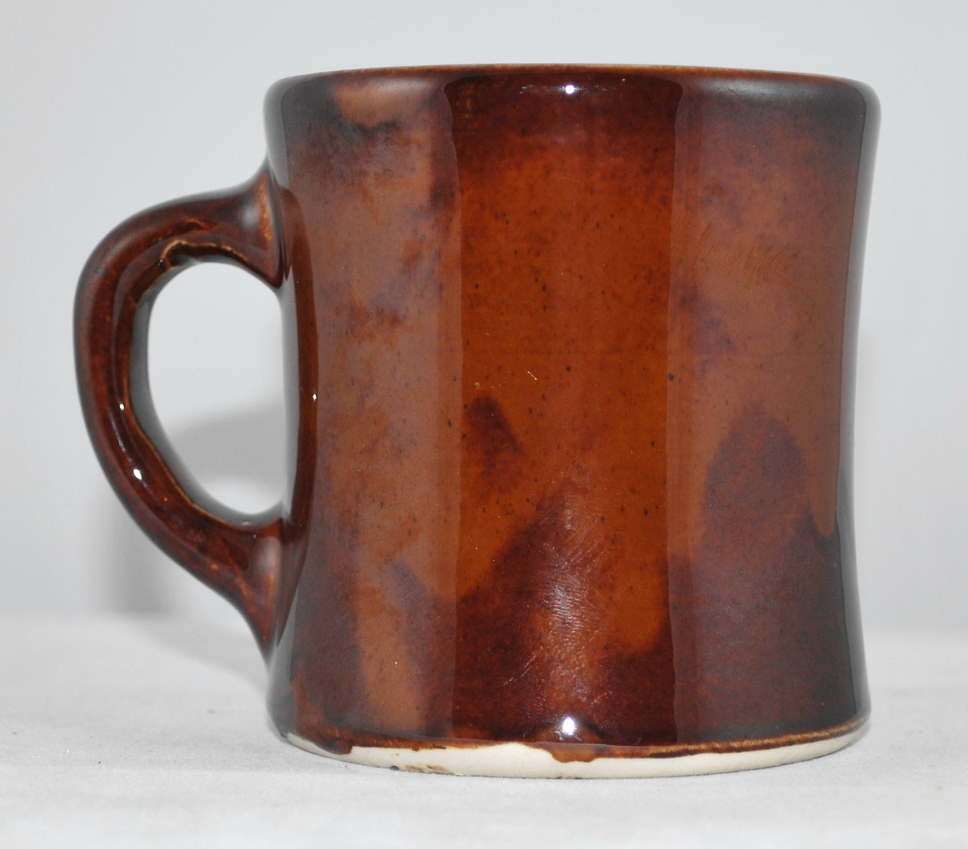
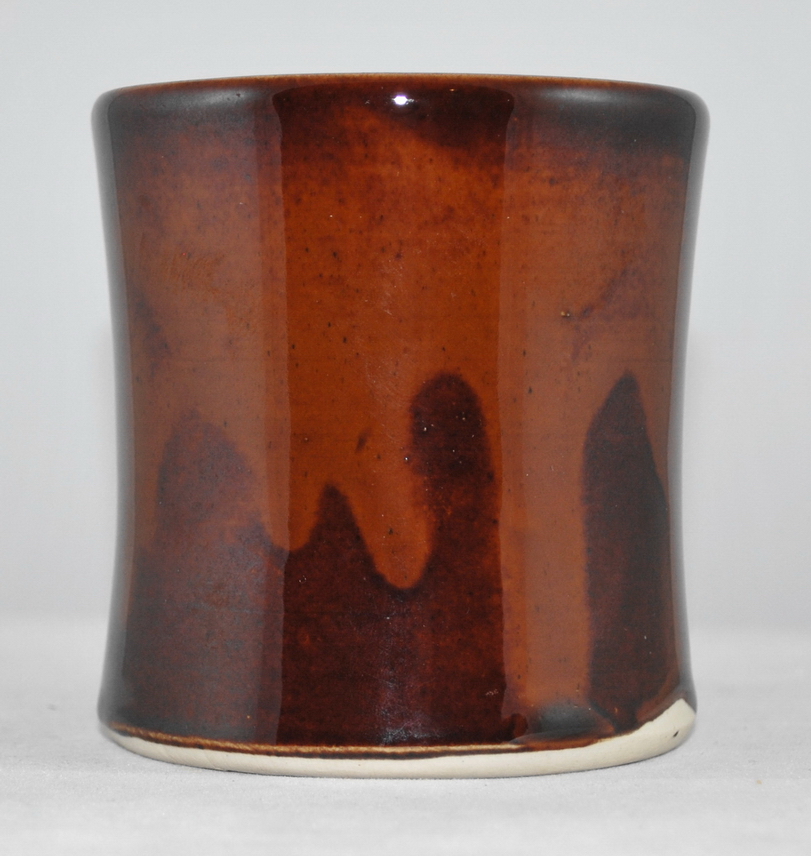
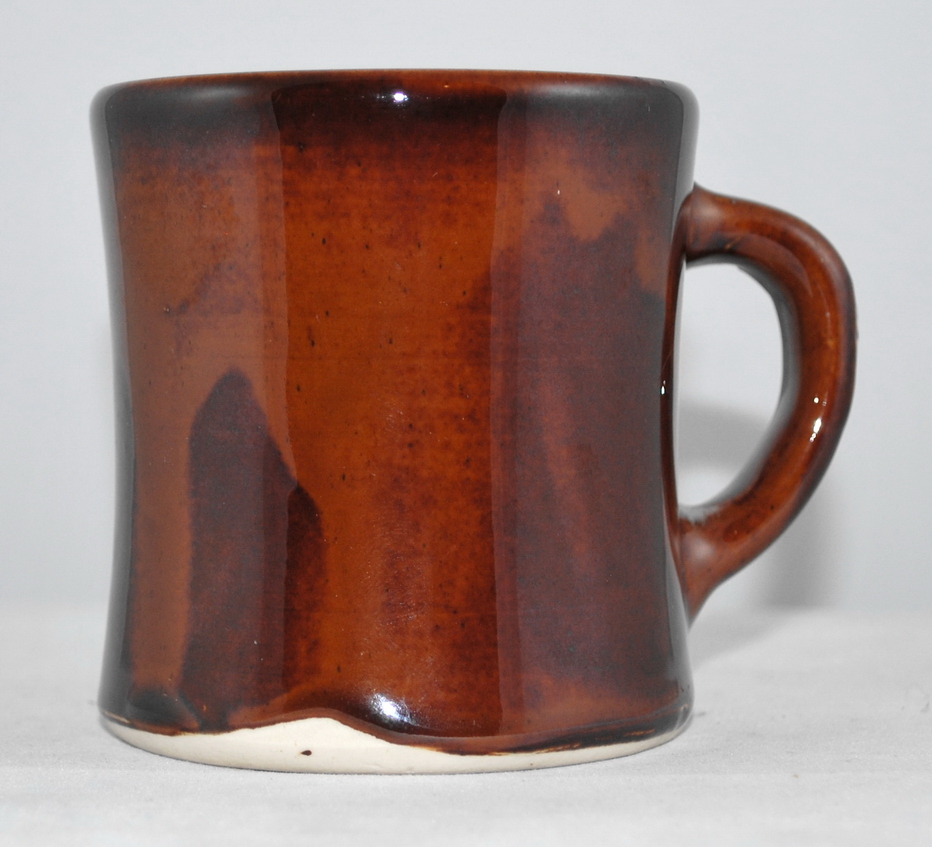
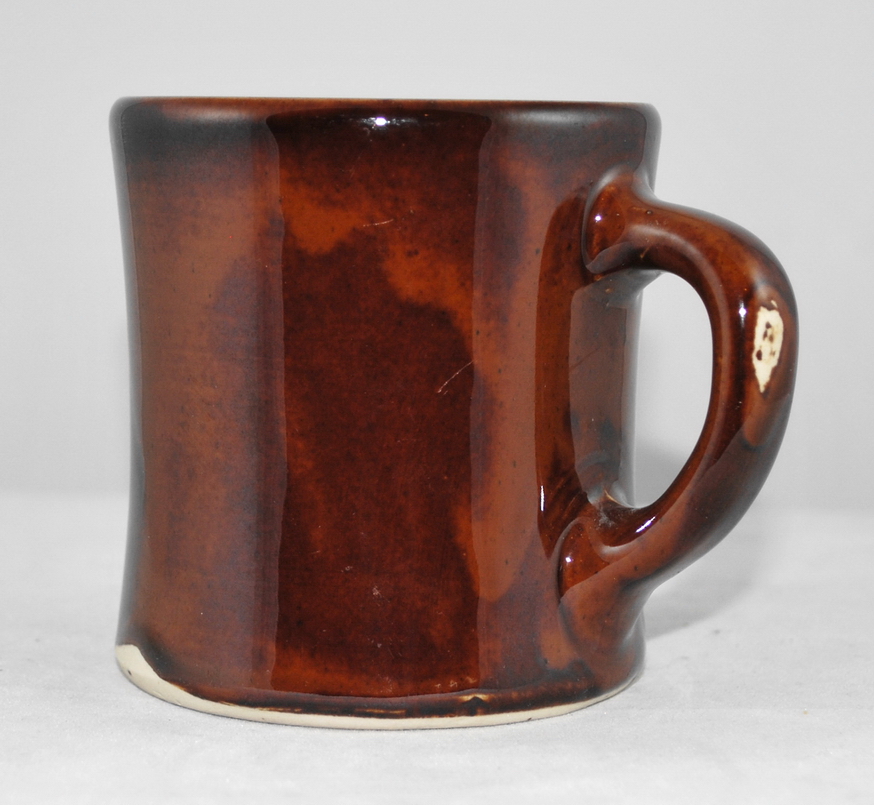
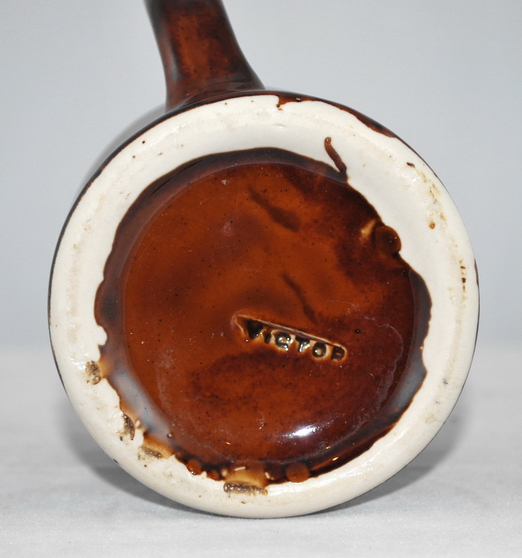
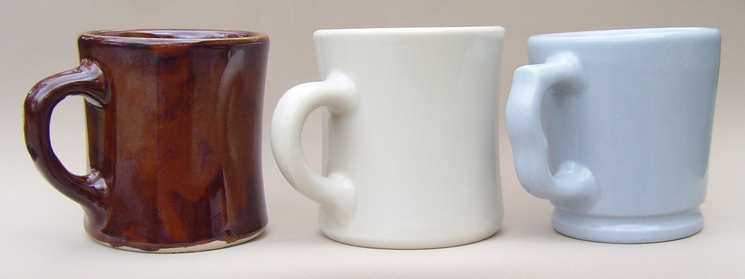
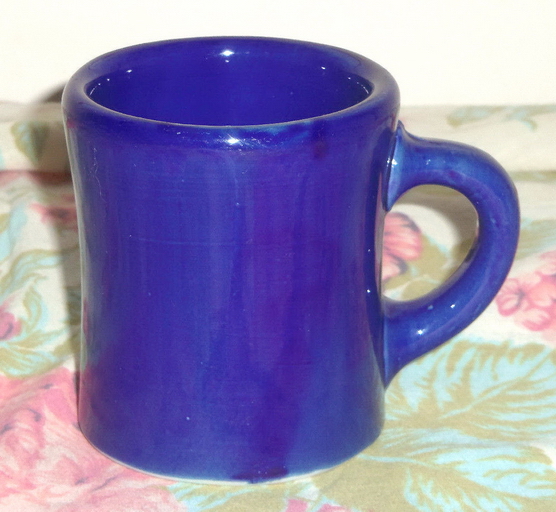
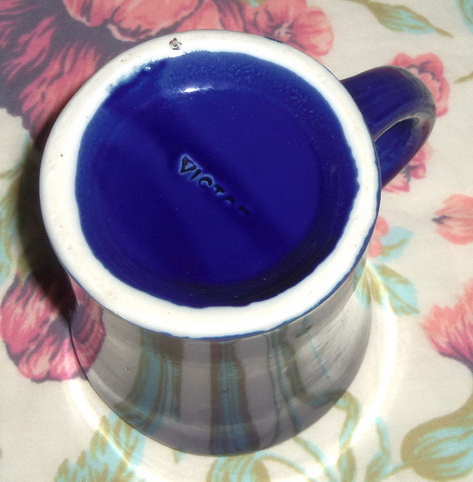
There are commemorative cups that were made using the Victor cups. These were made by the Mil-Art China Co. in Chelmsford, MA by putting an Applica on the outside of the cup. These were for various military groups. Here is an example.
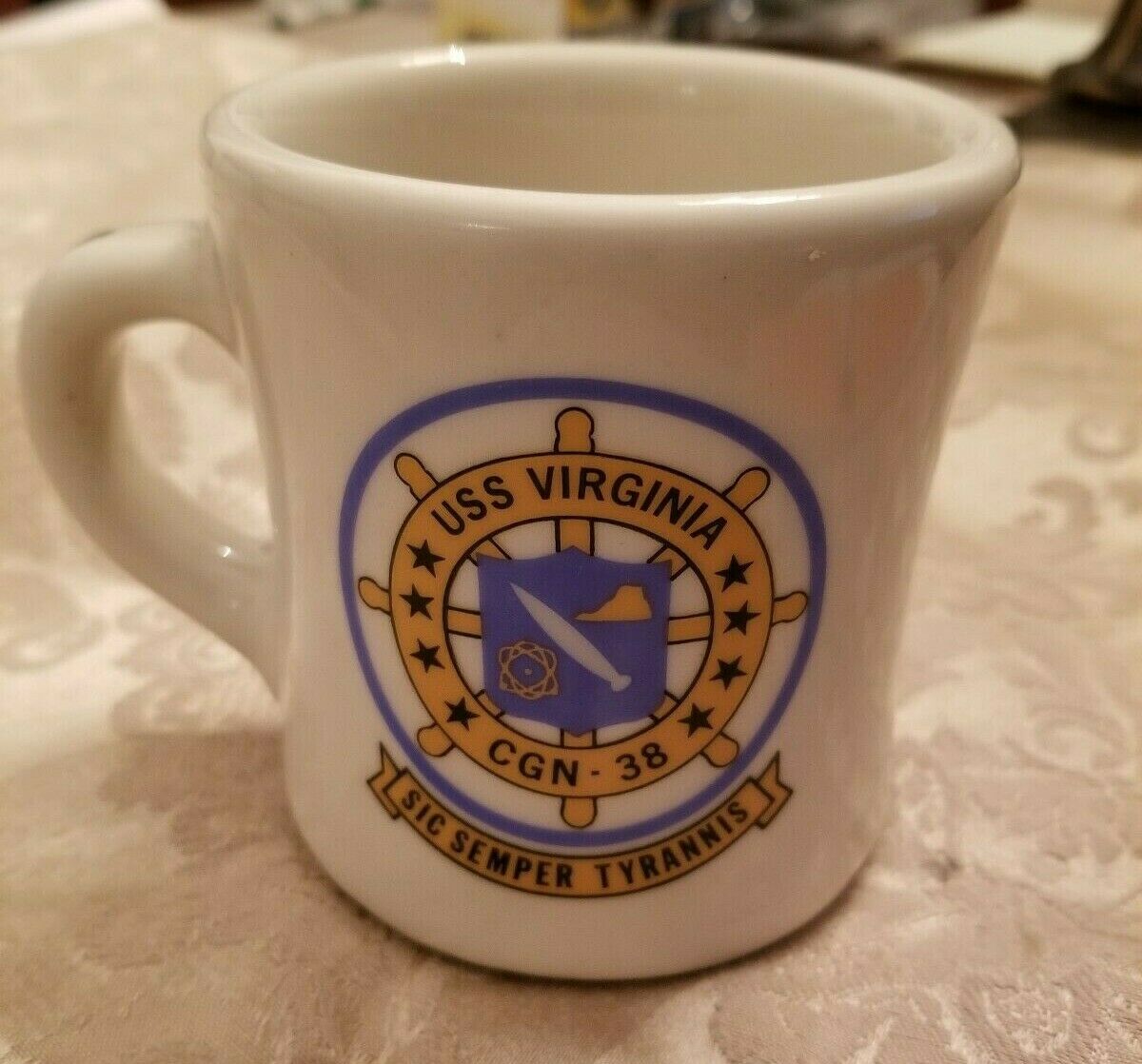
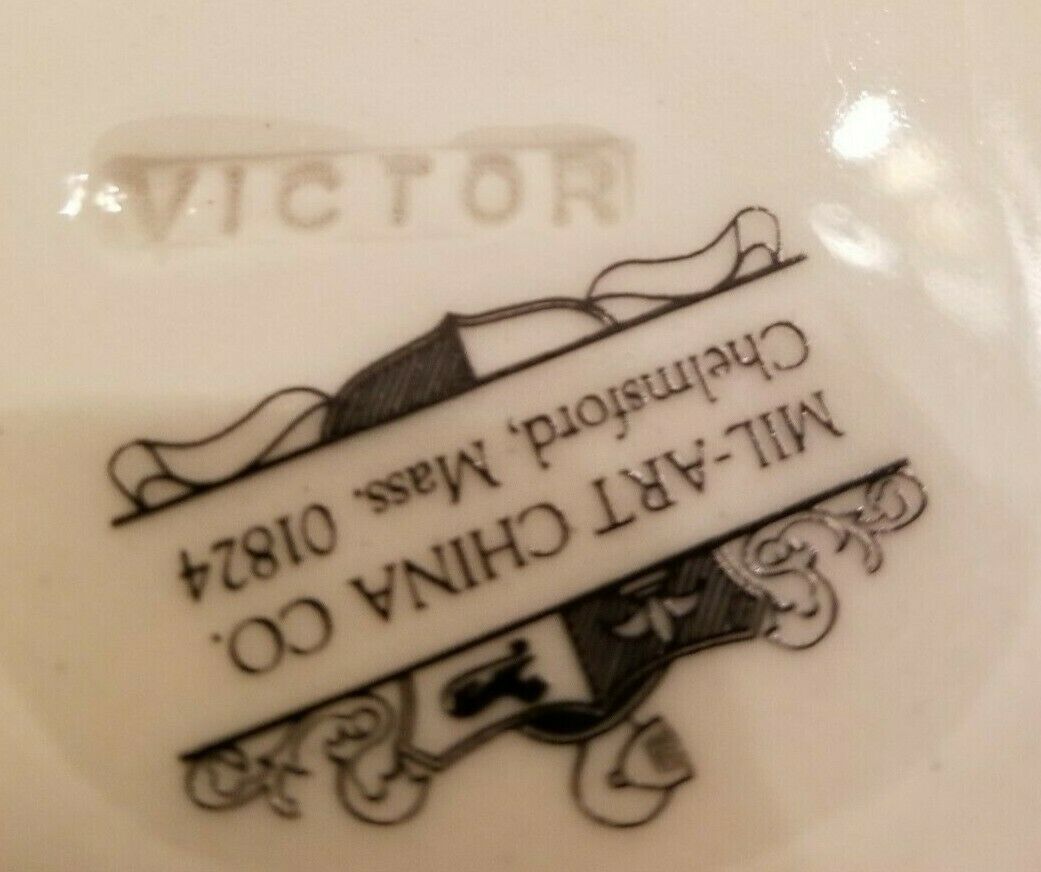
_resize.jpg)
_resize.jpg)
One particularly rare and unusual Victor mug was made in the 1970’s by a supervisor as a Christmas gift for the “big bosses.” Only 2,000 were made with a rich cobalt-blue glaze. A special straight sided light blue mug was made for a special occasion and stamped on the bottom in blue ink:
OPEN HOUSE
VICTOR INSULATORS,
INC.
APRIL 28, 1948
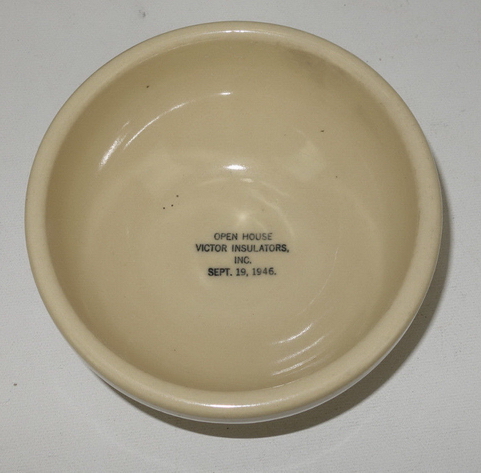
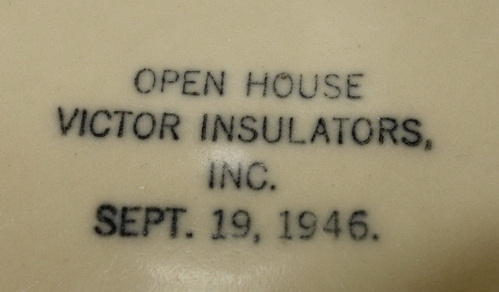
The mugs could withstand 765,000 volts of electricity, but they could not withstand competition from China. In the Spring of 1990, Victor Insulators shut down production of its famous diner mug. The company needed to sell 25,000 to 30,000 dozen mugs annually to make the business profitable, but only had orders for about 60% that amount. They blamed the drop in orders on Ultima China, a company in China, which started making a look-a-like mug about five years earlier that sold for less than half the price. In July 1986, Victor Insulators added “MADE IN U.S.A.” to the “VICTOR” stamp on the bottom, but they could not compete with the China-made lighter weight version, which only had “CHINA” stamped on the bottom.
The following articles have been written about Victor cups.
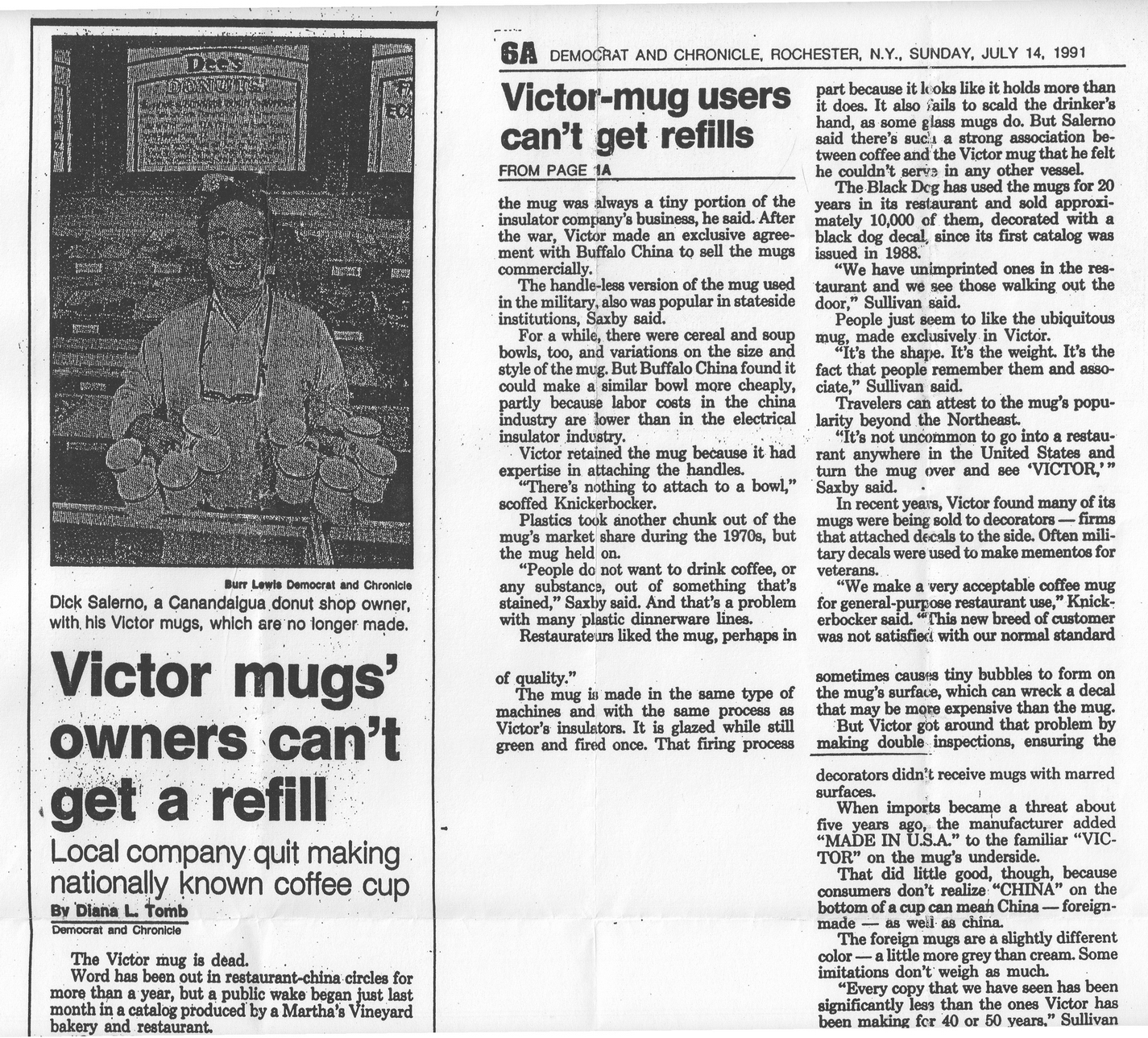
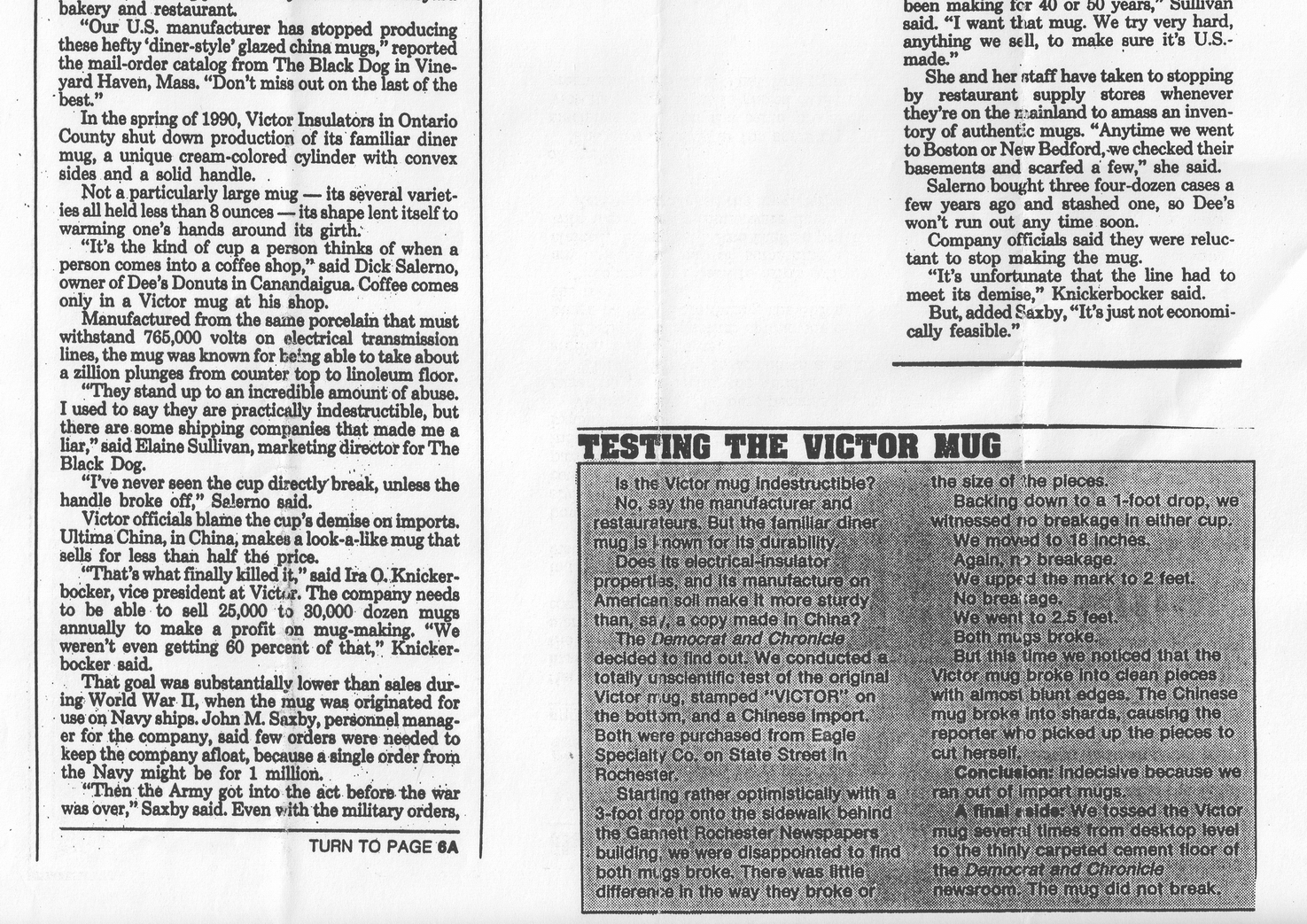
Democrat & Chronicle, July 14, 1991
